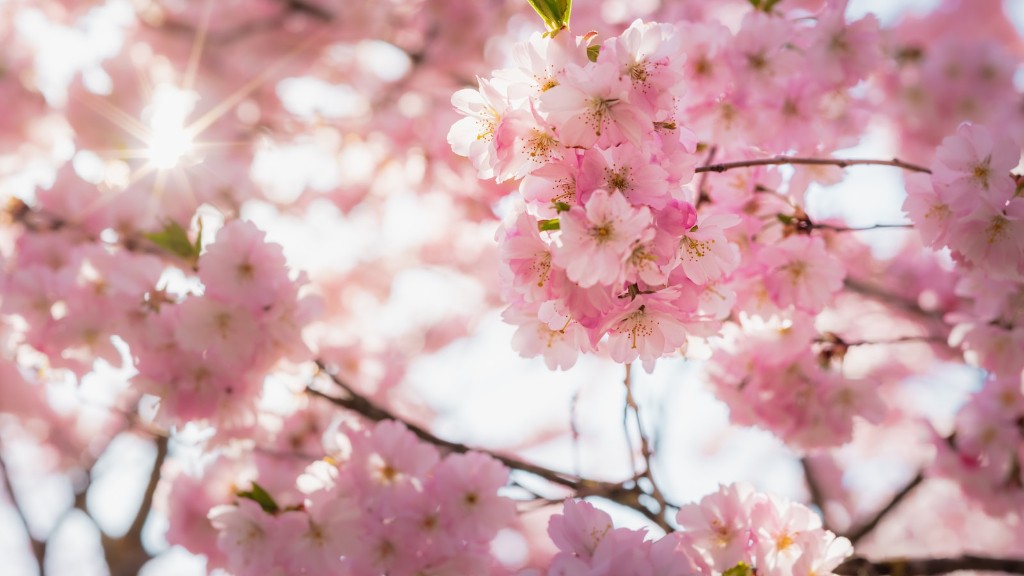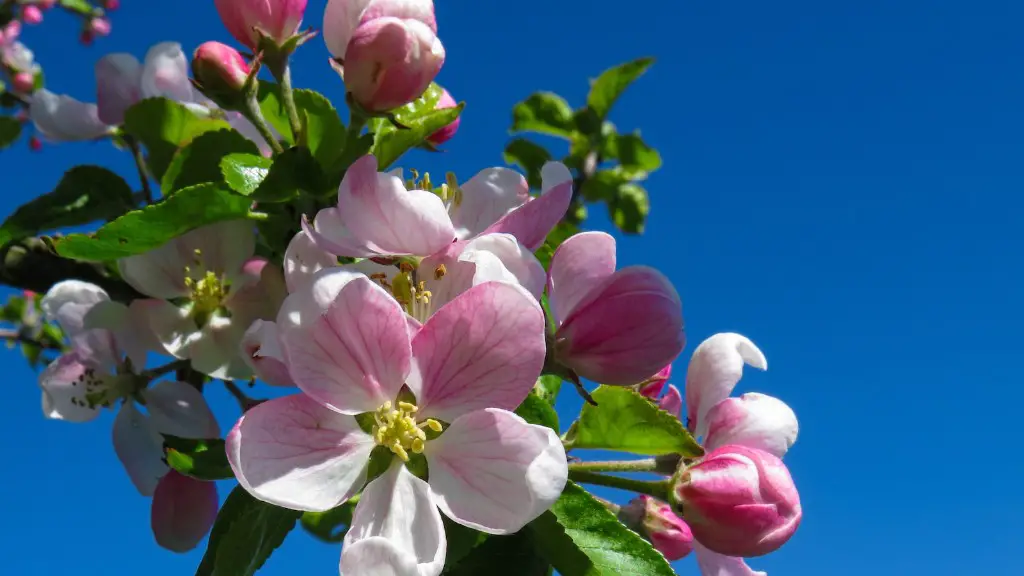How to Take Care of Weeping Cherry Tree
Weeping cherry trees are popular ornamental trees due to their ability to add a touch of elegance to any landscape with their cascading branches and profusion of delicate pink blossoms. For those hoping to maintain a thriving weeping cherry tree, there are a number of steps that can be taken to ensure its health and well-being. By following these easy tips, you can keep your tree in tip-top shape for years to come.
Provide Adequate Water
Weeping cherry trees require a lot of moisture, so you must water them frequently, especially during the hot, dry summer months. It’s recommended that you water your tree with a garden hose or drip irrigation system at least once every week. Make sure to water the entire area beneath and in the vicinity of the tree, as this will help to keep the roots hydrated and prevent them from drying out. When the soil appears dry to the touch, it’s time for another watering.
Mulch Your Tree
Mulching is one of the best things you can do for your weeping cherry tree. Mulch acts as a buffer of sorts, protecting the tree against extreme temperature fluctuations and helping to conserve soil moisture. If you’re unsure of how much mulch to apply, a 3-inch layer of organic mulch, such as wood chips or pine needles, is usually enough. Just be sure not to pile the mulch up against the trunk of the tree, as this can lead to rot and other problems.
Fertilize Appropriately
Weeping cherry trees require regular fertilization in order to thrive. Apply a fertilizer with a 4-1-3 NPK ratio, such as 10-10-10, twice a year, once in the early spring and once in the late summer. Make sure to spread the fertilizer over the root zone and then water it in to ensure the nutrients are properly absorbed. Too much fertilization can have an adverse effect on the tree, so be sure to use the recommended amount.
Pruning Techniques
Gently shaping your weeping cherry tree can help to keep it looking its best. Prune the tree in early summer, when it’s just starting to produce new growth. During this time, you can generally thin out the canopy of the tree and encourage healthy branch growth. Aim for a vase-like shape and look for dead, diseased, or crossing branches that need to be removed. Don’t be too aggressive with your pruning — you don’t want to rob the tree of its grace and charm.
Watch Out for Pests & Diseases
Weeping cherries are generally quite hardy once they’ve become established, but they can still occasionally be plagued by pests and disease. Make sure to monitor the tree for signs of trouble, such as discolored or wilting leaves, and take action as soon as you notice anything amiss. If you’re dealing with an infestation, look into effective treatments, such as neem oil and insecticidal soap, to get rid of the pests without harming the tree.
Plant in the Right Location
Weeping cherries do best in locations that offer them some protection from harsh winds and direct sunlight. It’s best to plant your weeping cherry in a spot that gets filtered sun for part of the day and some shade for the remainder. Plus, weeping cherries aren’t excessively picky about soil type, but they do need one that is well-draining and not excessively dry or wet. This will give the tree the best start possible as it takes root in your garden.
Additional Care Tips
While the tips mentioned above are the basics of caring for a weeping cherry tree, there are some additional things you can do to help keep your tree healthy. Be mindful of any nearby construction or landscaping projects that could potentially harm the tree, such as activities that involve digging, trenching, and hauling away soil. You may also want to consider applying a spray-on sunburn protector to the tree during the hottest parts of the summer.
Proper Pruning and Nutrient Management
To ensure the tree’s future growth, it’s important to prune and provide the proper nutrients. Since weeping cherries tend to branch and grow at different lengths, it’s important to select a method of pruning that keeps the overall shape of the tree in a balanced manner. Additionally, ensure adequate nutrition is provided by regularly feeding with a 3-1-2 or 4-1-3 NPK fertilizer from spring until fall and avoiding late season applications.
Disease Prevention
Weeping cherries are susceptible to many fungal and bacterial diseases, so it’s important to check frequently for signs of infection. Be on the lookout for wilting leaves, discolored spots, and twig and branch die-back and treat with fungicides and bactericides that are effective against the disease in question. Additionally, promptly remove noticeable debris from the base of the tree, such as rotting fruit, dead leaves and mulch, as this can promote infectious diseases.
Pruning for Better Sun Exposure
Since weeping cherries prefer to receive indirect sunlight, you may need to carefully prune branches back to direct more sunlight onto the desired parts of the tree. Be selective with your pruning, cutting only where necessary so as not to disturb the tree’s natural growth patterns. Pruning also reduces risk of overcrowding, which can lead to vigor loss, and promotes the flowering of new flowers in areas with more sun exposure.
Proper Drainage and Light Requirements
Weeping cherries are not drought tolerant and require well-drained soil with proper moisture, so it’s important to provide adequate drainage and light. If planted in an area that is constantly moist, consider using raised beds or terracing heights for a better-draining soil. Additionally, ensure that adequate sunlight is available since shade-tolerant weeping cherries are not as common and will typically not flower as much as an open-canopied type.

